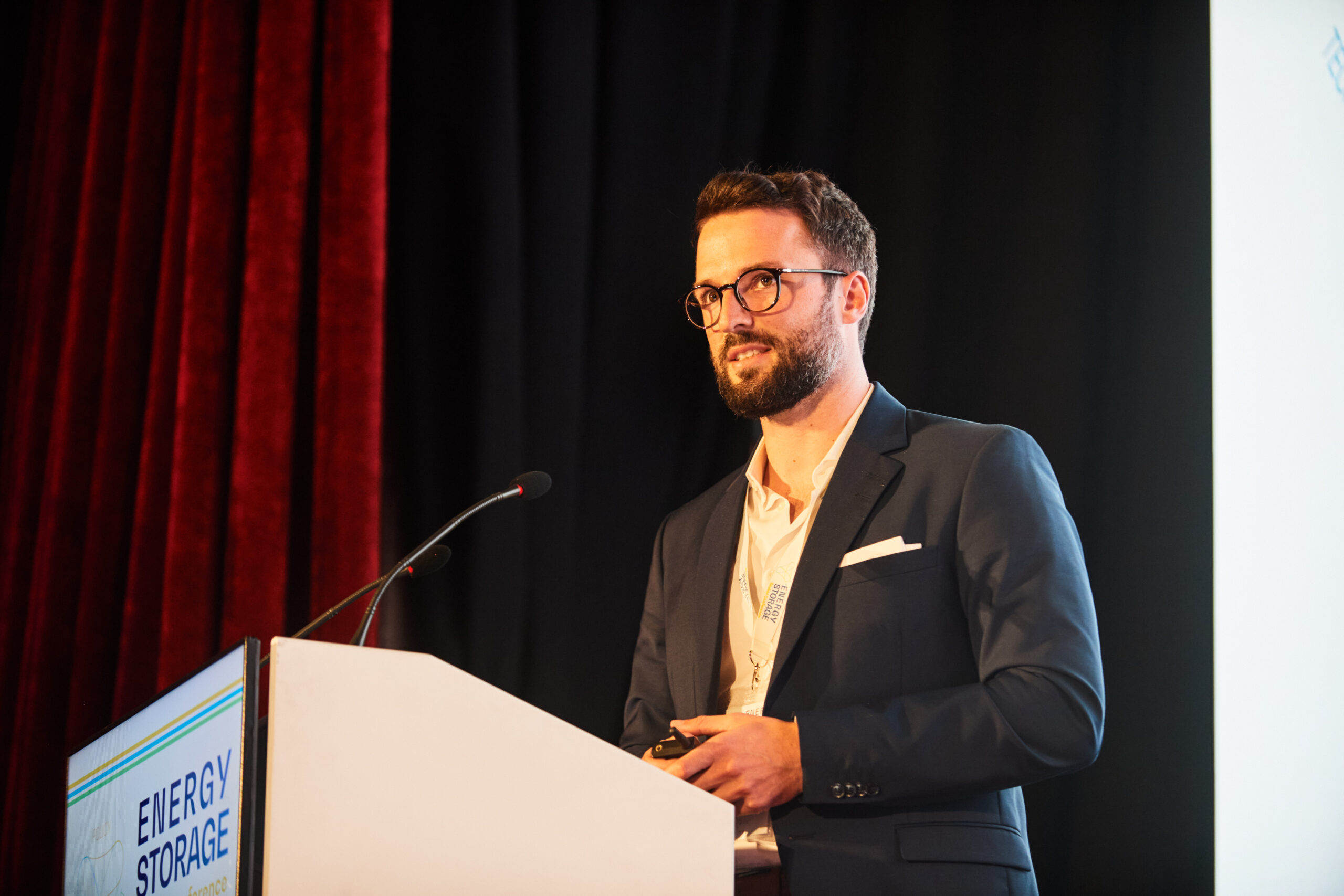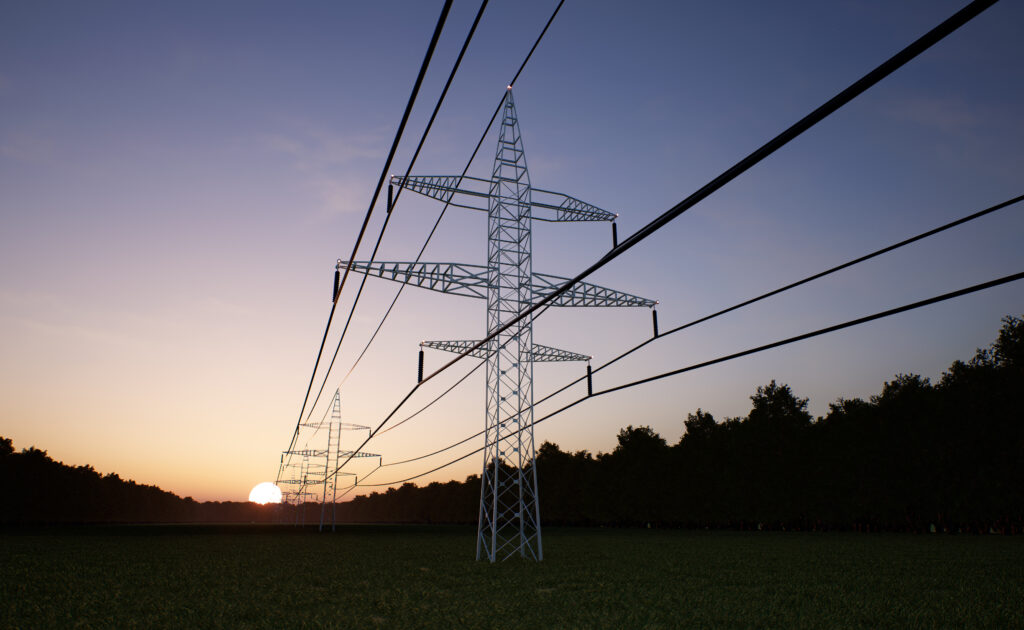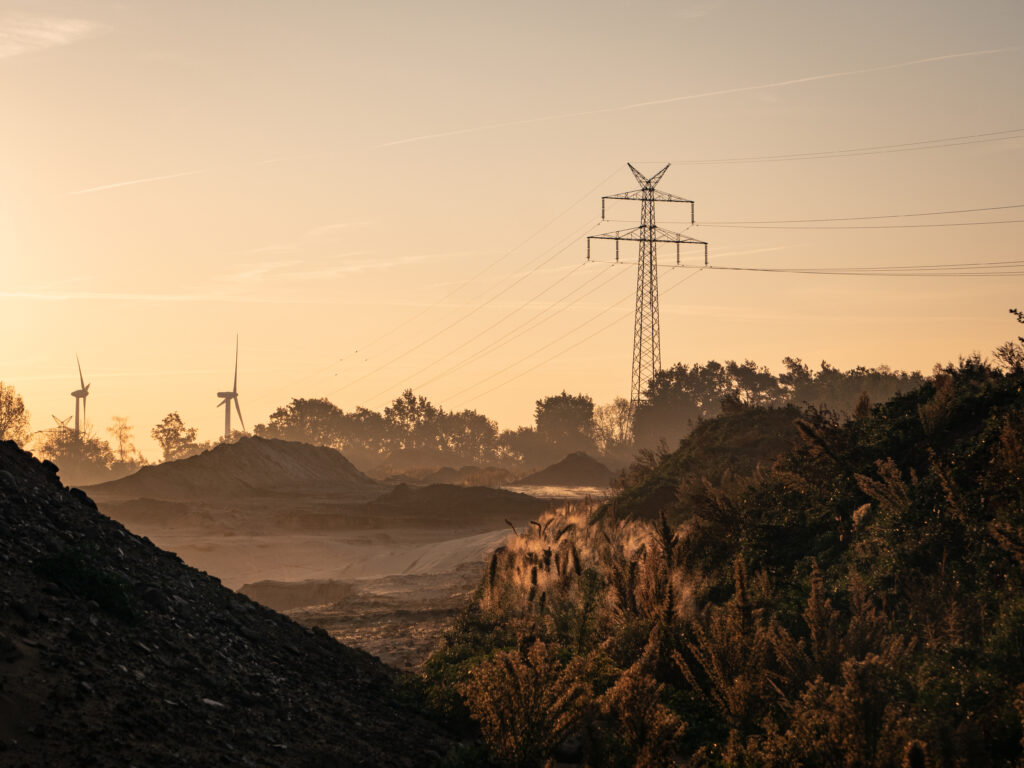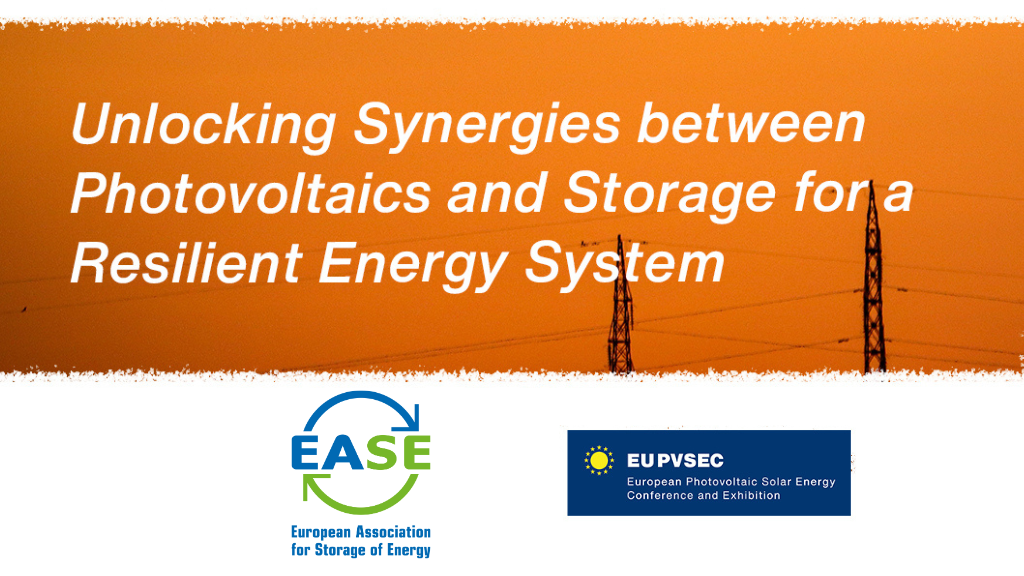02.11.2023 / News
EASE Student Award Winner 2023: Maximilian Parzen

The European Association for the Storage of Energy (EASE) is proud to announce the winner of the 2023 edition of the EASE student award: Maximilian Parzen.
Congratulations on winning the 2023 EASE Student Award! We were very impressed with your thesis on ‘Energy Storage Design and Integration in Power Systems by System-Value Optimization’. Could you summarise the main focus and findings of your thesis?
Thank you! I'm honoured to receive the EASE Student Award. My PhD thesis predominantly revolved around the integration and optimization of energy storage technologies in macro-level power systems e.g. countries or even continents. I addressed challenges like assessing multiple storage technologies under competition and expanded the geographical scope of energy system models. By introducing the 'market-potential method' and co-creating the PyPSA-Earth model, I evaluated the system value of diverse energy storage technologies, especially in the African and European context. The main finding revealed that traditional cost and profit-based assessments often overlook the nuanced value of energy storage and that system-value optimization can unlock hidden values. These system-value approaches heavily rely on big models and here I want to underline that open-source software and open-science approaches are essential for high-quality outputs, trustful studies and innovation. This is pivotal knowledge for manufacturers, regulators, and system operators aiming to understand energy storage's long-term strategic value.
What are the most interesting insights from your work for the storage sector specifically?
One of the most intriguing insights was the introduction of the 'market-potential method', which evaluates multiple energy storage technologies in terms of their competitiveness. This method extends existing system value approaches, and challenges the conventional approach of only focusing on reducing e.g. battery costs, showing that certain high-cost storage technologies might have more system value than their low-cost counterparts.
How did you get interested in the storage sector? What drove you to select this topic as your thesis?
I started paying attention to the storage sector started when I observed the growing transition to renewable energy sources and the big discussions about energy storage solution – maybe also thanks to EASE’s work. My master thesis supervisor Prof. Dr. Sasa Djokic got me hooked on the question of “what type of flexibility do we need?”. Trying to come up with a sharp answer didn’t lead anywhere, which drove me to explore flexibility and energy storage assessments, and thus, it became the central theme of my PhD thesis.
You state that levelized cost of storage can be a misleading metric, if used on its own. Can you elaborate why?
Levelized cost of storage (LCOS) primarily looks at all the costs that occur in a year over the total discharged amount. While it's an essential metric, used in isolation, it can be misleading. One aspect is that LCOS does ignore any system perspective and does not account for the overall system value that different storage technologies might offer. For example, long duration energy storage provide system-benefits from reduced need of peak generators or grid expansion as well as increased renewable energy utility. Missing these system benefits can lead to misleading situations where a storage technology might have a higher LCOS but could offer greater benefits to the power system, making it more valuable in the broader context. In simple words, if you only pick the lowest LCOS technology you might pay a higher energy bill compared than your neighbour that has a long-term system perspective.
You discuss that a heterogeneous storage design can increase power system benefits – what do you mean by that?
Let’s break it down. “Heterogeneous” means that one storage does not fit all flexibility requirements and “increased power system benefits” translates into reduced electricity bills. So what I am saying is that we need various sizing and technology configurations to lower the electricity bill. Actually, in one of my studies, I found that a future European power system with high shares of solar and wind power capacity could benefit up to 10% by being able to pick the right technologies and size them freely across hundreds of locations. In contrast, some policy studies only analyse the storage benefits in power systems by analysing “homogenous” storage configurations, for instance, by analysing one 4h Li-Ion storage and sometimes one 72h long-duration storage in a national or EU power system. Well, now you know what magnitude of storage benefits these studies are missing → one that saves you 10% on the electricity bill.
You state that optimising multiple energy storage options reduces system costs. Why, and to what extent can that work? Which modelling tools did you use to come to these conclusions?
Optimizing multiple energy storage options means deploying a mix of storage technologies that complement each other's strengths and weaknesses in a power system. This holistic approach can lead to more efficient and flexible power systems, hence reducing overall system costs. For this research, I used the PyPSA-Earth model, a global energy system model that provided high spatial and temporal resolution data which is extremely important to talk about flexibility, because the tools need to see the variability and grid bottlenecks. I implemented in the tool 20 state-of-the-art and exotic energy storage solutions which enabled me to conduct comprehensive and detailed analyses. In a national analysis in Nigeria, surprisingly, up to 7 of these 20 technologies were beneficial under different cost scenarios and many of them were beneficial in the same power system scenarios. Obviously, Nigeria does not represent the world and we know that power system with their unique infrastructure and environmental conditions are highly different around the world. I am still dreaming to extend this study and provide insights on a global level – which is possible today.
What are your future career plans? Do you see yourself working in the storage sector?
My future is sorted-out. I currently serve as the co-founder and CEO of a rapidly growing non-profit software company and think tank called “Open Energy Transition” focusing on energy system planning to accelerate the transition to sustainable energy worldwide. We help people all around the world by creating innovative and convincing studies that everybody can trust, improving and maintaining software tools, and supporting and training people on demand. The market is booming for such solutions as it finds its way from research into the rooms of transmission operators, regulators and policymakers. With major initiatives like the national flexibility assessments and the European Ten-Year Network Development Plan (TYNDP) facing scrutiny, particularly from the storage community, I am committed to elevating the role of energy storage in these dialogues and plans. So long-story short: Yes, I see myself working in the very exciting and booming storage sector.
Thank you for your interview with EASE. Congratulations again on the award, and good continuation in the energy storage field!




